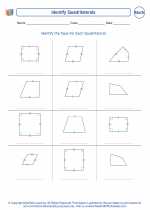Fibonacci Sequence
The Fibonacci sequence is a series of numbers in which each number (after the first two) is the sum of the two preceding ones. It typically starts with 0 and 1, and the subsequent numbers are found by adding the last two numbers together. So, the sequence starts like this:
0, 1, 1, 2, 3, 5, 8, 13, 21, 34, ...
As you can see, each number is the sum of the two numbers before it. This sequence was first introduced to the western world by the Italian mathematician Fibonacci in his book Liber Abaci in 1202.
The Fibonacci sequence has many interesting properties and can be found in various areas of mathematics, nature, and art. For example, the ratio of two consecutive numbers in the sequence converges to the golden ratio, a special number approximately equal to 1.618, which has been used in art and architecture for its aesthetically pleasing properties.
It's also found in nature, such as in the branching of trees, arrangement of leaves on a stem, the fruit sprouts of a pineapple, and the arrangement of a pine cone's bracts.
Mathematically, the Fibonacci sequence can be defined using the following recursive formula:
Fn = Fn-1 + Fn-2
where Fn represents the nth number in the sequence, and Fn-1 and Fn-2 are the two preceding numbers.
It's a fascinating sequence that has captivated mathematicians, scientists, and artists for centuries!
.◂Math Worksheets and Study Guides Third Grade. Shapes

 Worksheet/Answer key
Worksheet/Answer key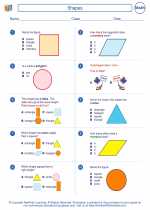
 Worksheet/Answer key
Worksheet/Answer key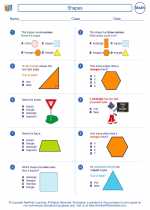
 Worksheet/Answer key
Worksheet/Answer key
 Worksheet/Answer key
Worksheet/Answer key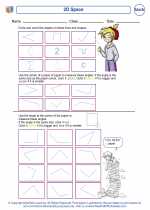
 Worksheet/Answer key
Worksheet/Answer key
 Worksheet/Answer key
Worksheet/Answer key
 Worksheet/Answer key
Worksheet/Answer key
 Worksheet/Answer key
Worksheet/Answer key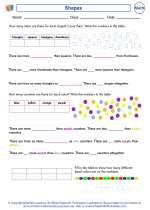
 Worksheet/Answer key
Worksheet/Answer key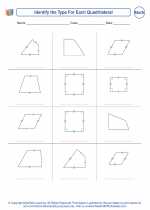
 Worksheet/Answer key
Worksheet/Answer key